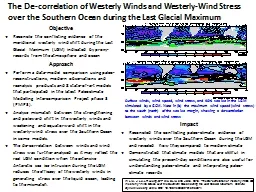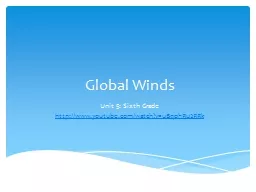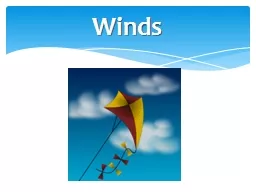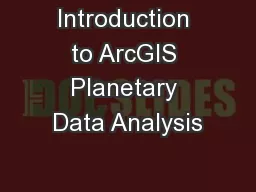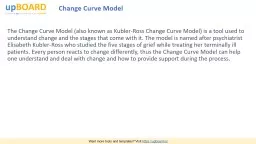PPT-Earth’s planetary winds curve to the right in
Author : alida-meadow | Published Date : 2018-12-07
the Northern Hemisphere due to 1 the Coriolis effect 2 the Doppler effect 3 the tilt of Earths axis 4 Earths gravity How many days are required for the Moon
Presentation Embed Code
Download Presentation
Download Presentation The PPT/PDF document "Earth’s planetary winds curve to the r..." is the property of its rightful owner. Permission is granted to download and print the materials on this website for personal, non-commercial use only, and to display it on your personal computer provided you do not modify the materials and that you retain all copyright notices contained in the materials. By downloading content from our website, you accept the terms of this agreement.
Earth’s planetary winds curve to the right in: Transcript
Download Rules Of Document
"Earth’s planetary winds curve to the right in"The content belongs to its owner. You may download and print it for personal use, without modification, and keep all copyright notices. By downloading, you agree to these terms.
Related Documents


